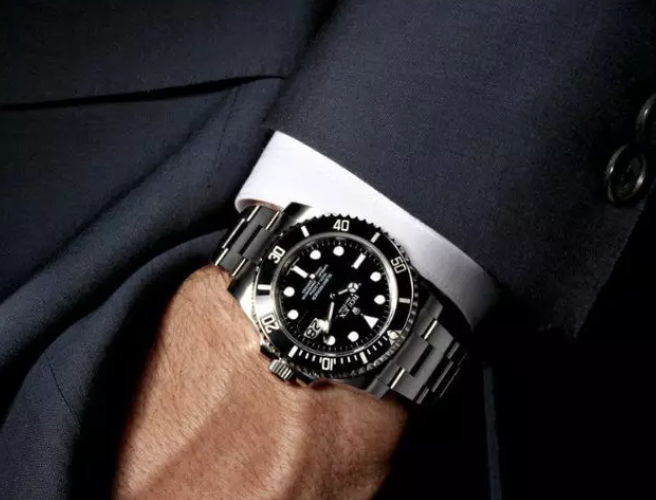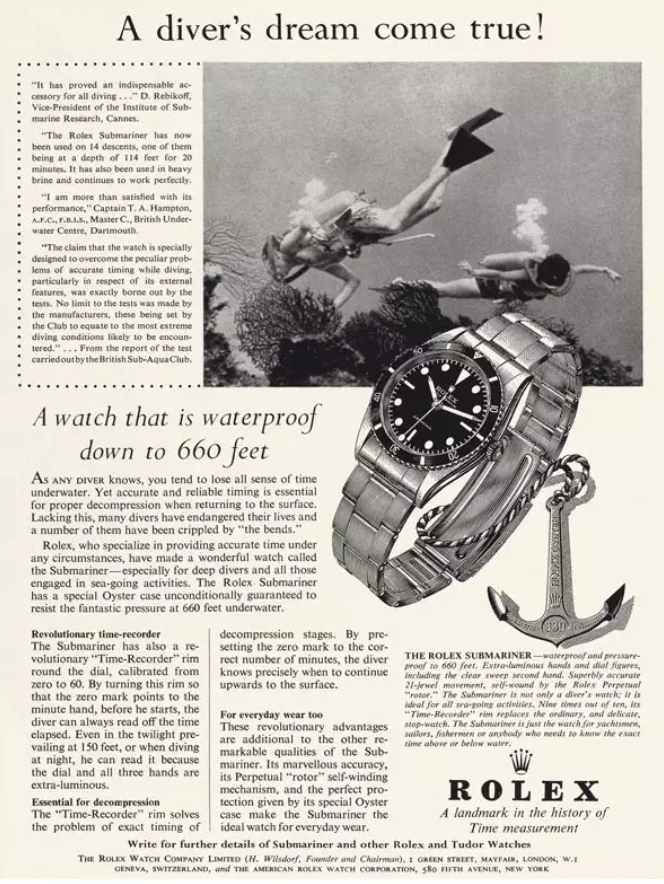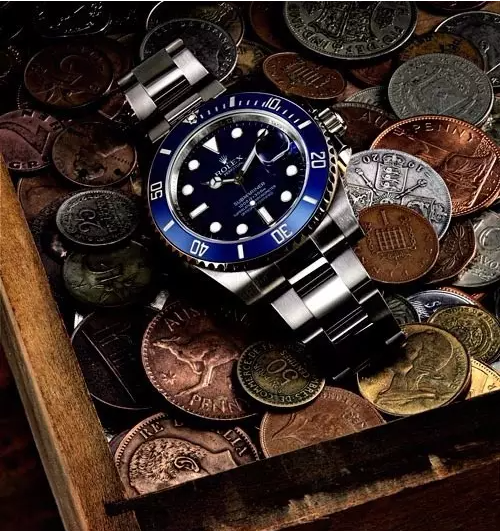
If Rolex were a man, he would be a Capricorn with an extreme attention to detail.
There is a general consensus among watch collectors that there are two kinds of watchmakers in this world: those called watchmakers and those called Rolex.
But anyone who knows anything about Rolex’s watchmaking skills will be in doubt. When you find out what the company has done, what it is currently doing and what it intends to do in the future, you become more and more puzzled: Rolex has spent enough time and effort on research and development to build a rocket to send into space, and yet they are willing to do nothing more than make a watch in obscurity.
Today we will look at why Rolex cannot be replicated and why even a few more diamonds from Patek Philippe would not replace Rolex in the world of watchmaking.
Secrecy and independence comparable to printing money
All Rolex watches are assembled part by part by experts in a Swiss factory. This is something you probably all know.
But what you may not know is that Rolex does not have a supplier of spare parts. What does that mean?
For example, a Rolex Submariner (a self-winding mechanical watch, calibre 3135) includes a total of over 200 parts. These 200+ parts are entirely forged, polished, machined and assembled by Rolex in its own factory in Switzerland, taking the rough steel, one part at a time.
In other words, the factory only imports raw materials from outside, such as steel, gold, diamonds and so on.
The forging and post-processing of all the raw materials is carried out in Rolex’s own closed factory. This is why their technology is so secret and independent that they do not rely on any suppliers and the outside world has no access to the methods, moulds and channels used to process these components.
This is why the watch industry has a saying: “Rolex watches are just as good as money”.
A year to build a watch

As we all know, in 1953 Rolex was the first to push the limits of diving watches to one thousand feet underwater (about 300 metres). This was also the origin of the Blackwater Ghost.
Their Oyster Perpetual technology, from which the name derives: the watch is as strong and water-resistant as an oyster in the water, and the constant motion is synonymous with self-winding mechanical watches.
This technology and design is now blatantly copied by several well-known watchmakers, whom I will not name here.
To this day, more than 60 years later, every Rolex Oyster watch is subjected to very rigorous air, water and temperature tests after it has been assembled. The case of the watch is tested twice, before the movement is fitted, and twice afterwards, to ensure tightness.
This extensive and rigorous factory inspection process can be described as “demanding”. It usually takes about a year to complete the process of forging the metal, machining the parts, fitting the movement, assembling the bracelet, testing it, testing it twice, testing it again, and then packaging it for delivery.
That’s right, a year to build a watch.
It seems that Rolex’s goal is to torture this freshly assembled watch by all means to see when it goes wrong: “If you’re going to go wrong, you’d better give it to me to go wrong in the factory.”
So when you get a brand new Rolex watch from an authorised dealer, don’t doubt its quality, because the watch has been abused in the Rolex factory for I don’t know how many hundreds of times.
904L
When you talk about Rolex, you have to mention the steel they use – 904L, the only steel used by any watchmaker in the world.
Why?
In fact, at the beginning, Rolex used the most common steel for its watches, just like everyone else. But since 2003, Rolex’s R&D team has discovered that 904L actually has the following advantages.
Firstly, this type of steel, which is more resistant to corrosion and rust than other steels, is also stronger.
Secondly, it is clear that 904L steel, polished to produce a more aesthetically pleasing bracelet and dial, whether it is brushed or polished.
You may ask, if this steel is so good, why don’t other watchmakers use it? As far as I know, other watchmakers, at best, vaguely tell you that the watch is made of steel, rather than explicitly telling you that it is 904L steel, as Rolex does.
Firstly because 904L is more expensive than other steels and costs more. More importantly, this 904L has the disadvantage that as the steel gets harder, it becomes more difficult to forge. Rolex had to change all the production lines associated with forging steel in order to use this steel.
No watchmaker has ever had to change an entire production line for the slightest difference in steel polishing, and the cost is so high that to this day, no company has ever bothered to use 904L for its watches.
Rolex’s obsession with perfection is thus evident.
The schoolmaster of the watch world
You might think that Rolex is just about as good as it gets when it comes to developing a watch model, or water resistance.
Not really, they have several laboratories at their headquarters in Switzerland, equipped with a strong research team. They even have chemists and geologists on their team.
This team is “obsessed” with researching and improving all sorts of watch-making techniques: there is a chemistry lab that specialises in lubricants to make the production line run more smoothly, a geologist to study the purity of diamonds and a specialist to formulate Rolex’s exclusive gold.
Yes, they get 24-carat gold from their suppliers, but they don’t use it directly on their watches. Instead, they have their own research and development team take this 24-carat gold and blend it with a gold shade that doesn’t tarnish easily, that doesn’t oxidise or corrode easily, that is beautiful and durable, and that is unique to Rolex.
It’s very tortoise-like, isn’t it?
So if Rolex were a man, he would be a Capricorn who is extremely fussy about details.
Understatement is the best form of bravado

Some people say that a Rolex is not fancy enough, that it is not flashy enough, that it is too understated.
But showing off isn’t even in the Rolex blood. Many luxury watchmakers, in order to show off how great their movements are, use transparent dials so that the consumer can see every turn of the inside of their movements in order to stimulate the desire to buy.
Rolex does no such thing. They have never used any transparent dials, or transparent casebacks. The philosophy is simple: we are Rolex and we don’t need to bare our breasts to prove ourselves.
Here’s what I like about Rolex: they are ostensibly a watchmaker, but they have developed (and continue to develop) technologies and materials that don’t exist in the industry, have an almost obsessive (crazy) quest for perfection, and have always had a pedigree of understatement and calm, building a watch with the precision of a submarine by hand, day in, day out, for over a hundred years since they were founded. Nothing more is required.
You can see why other watchmakers can only ever be watchmakers, while the values behind the letters Rolex cannot be replicated.
